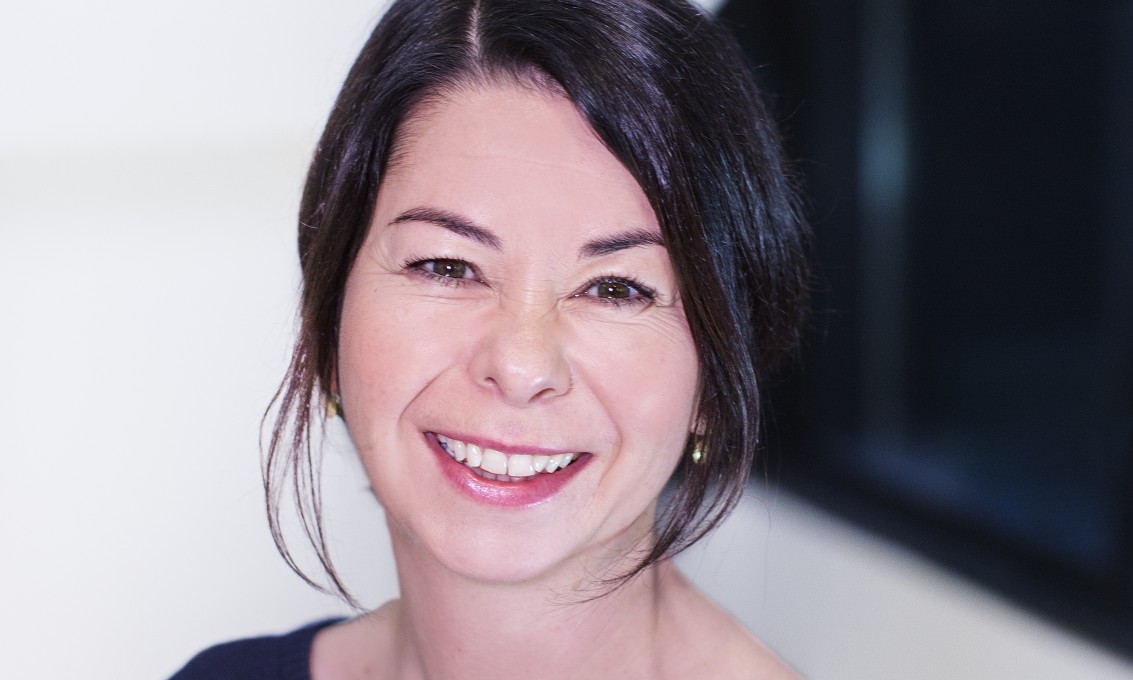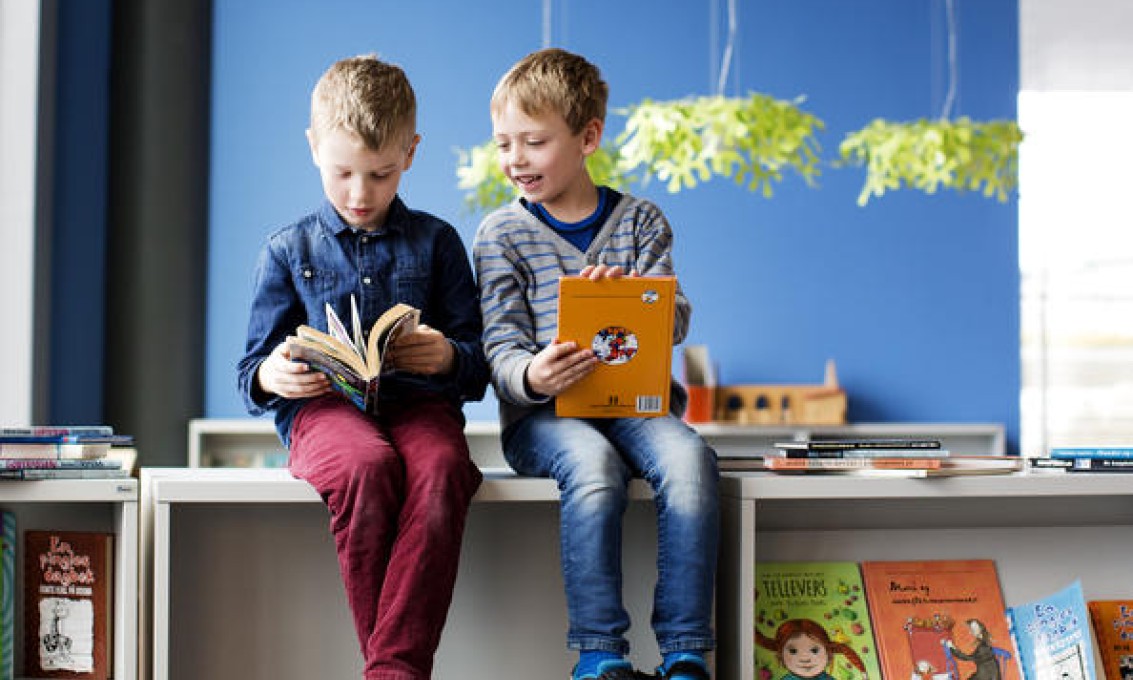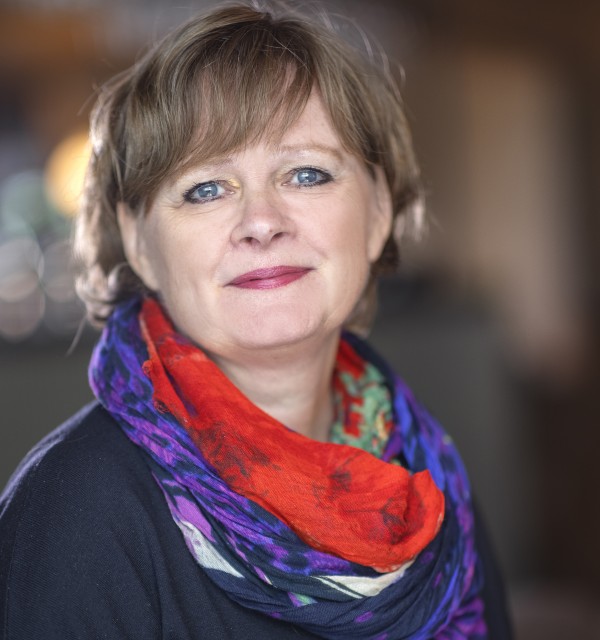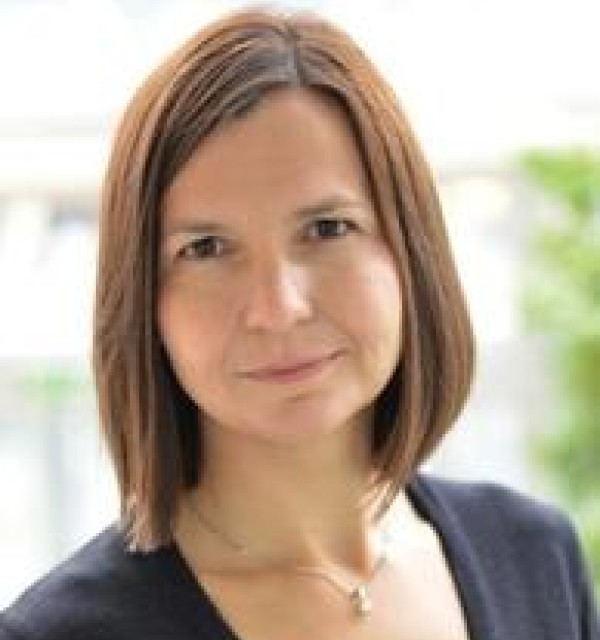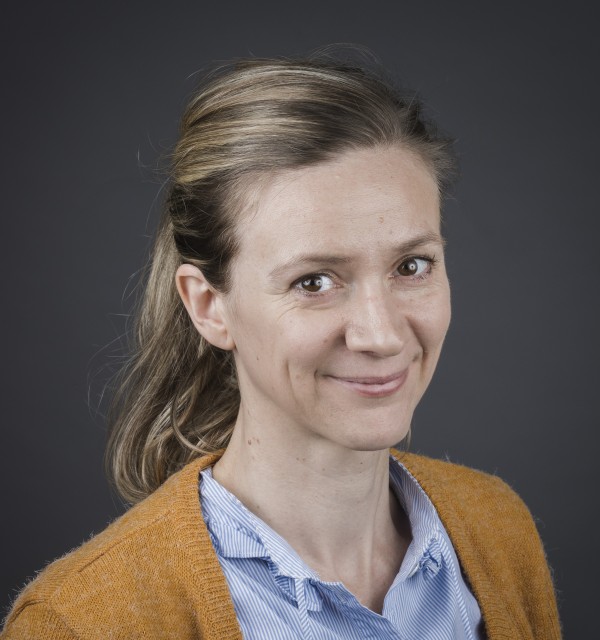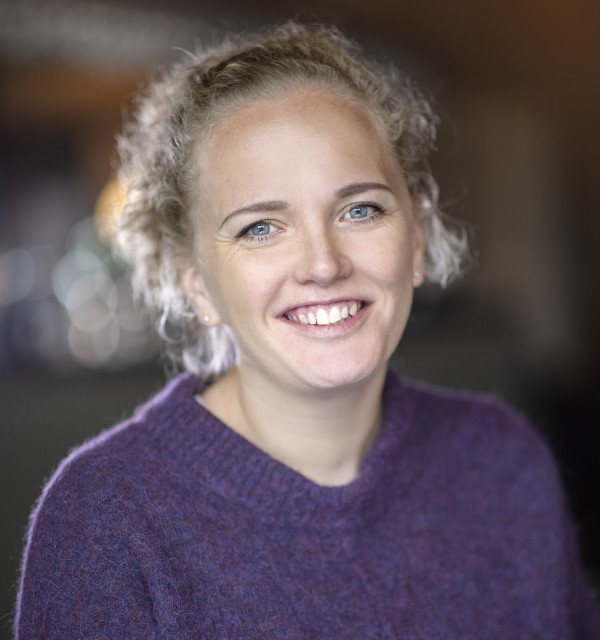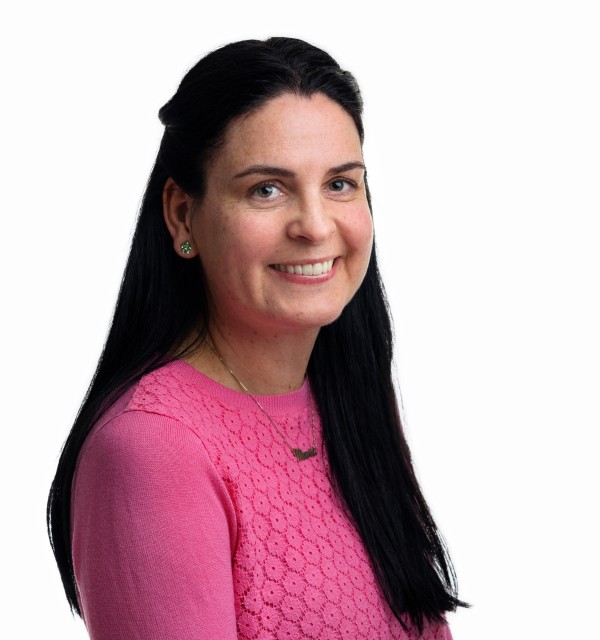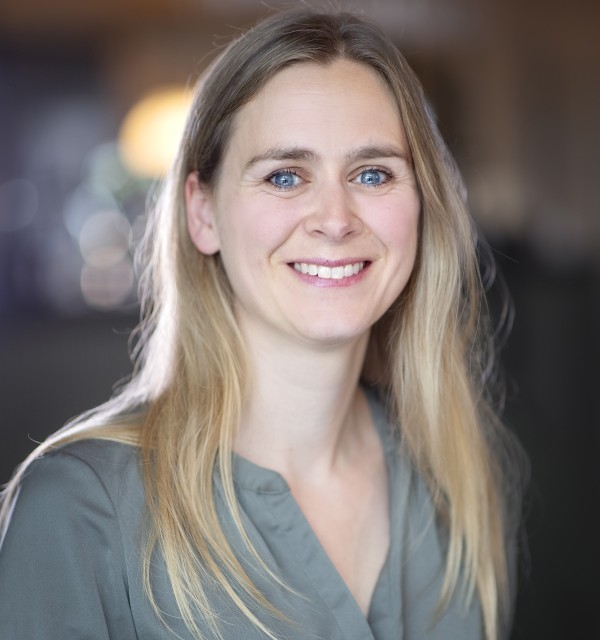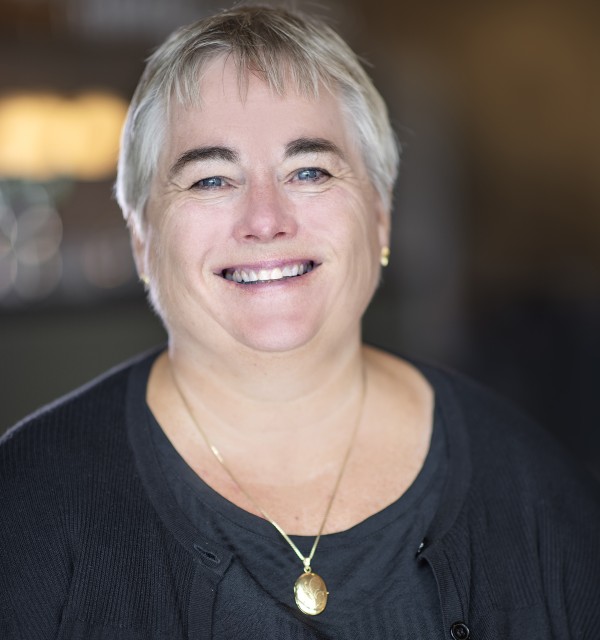Increasing the Opportunities to Differentiate Literacy instruction
Two Teachers is a research project lead by the Reading Centre, investigating the effects of an increased teacher-student ratio. 5750 Norwegian pupils who started Grade 1 in 2016 participate in the project, which is one of the largest projects to date within Norwegian education research. University of Stavanger researchers collaborate with several Norwegian and international partners. The Norwegian Research Council (NRC) granted NOK 29,1 million to the project, which runs from 2016-2021. NRC webpage.
We need knowledge on how an increased teacher-pupil ratio affects pupils' learning.
Investigating the effects of an increased teacher-pupil ratio
Two Teachers investigates whether systematic, school based competency development, as well as the implementation of research-based instruction methods, increase the teachers' ability to exploit being more teachers present in the classroom, and whether it leads to increased learning and an improved learning environment for the students.
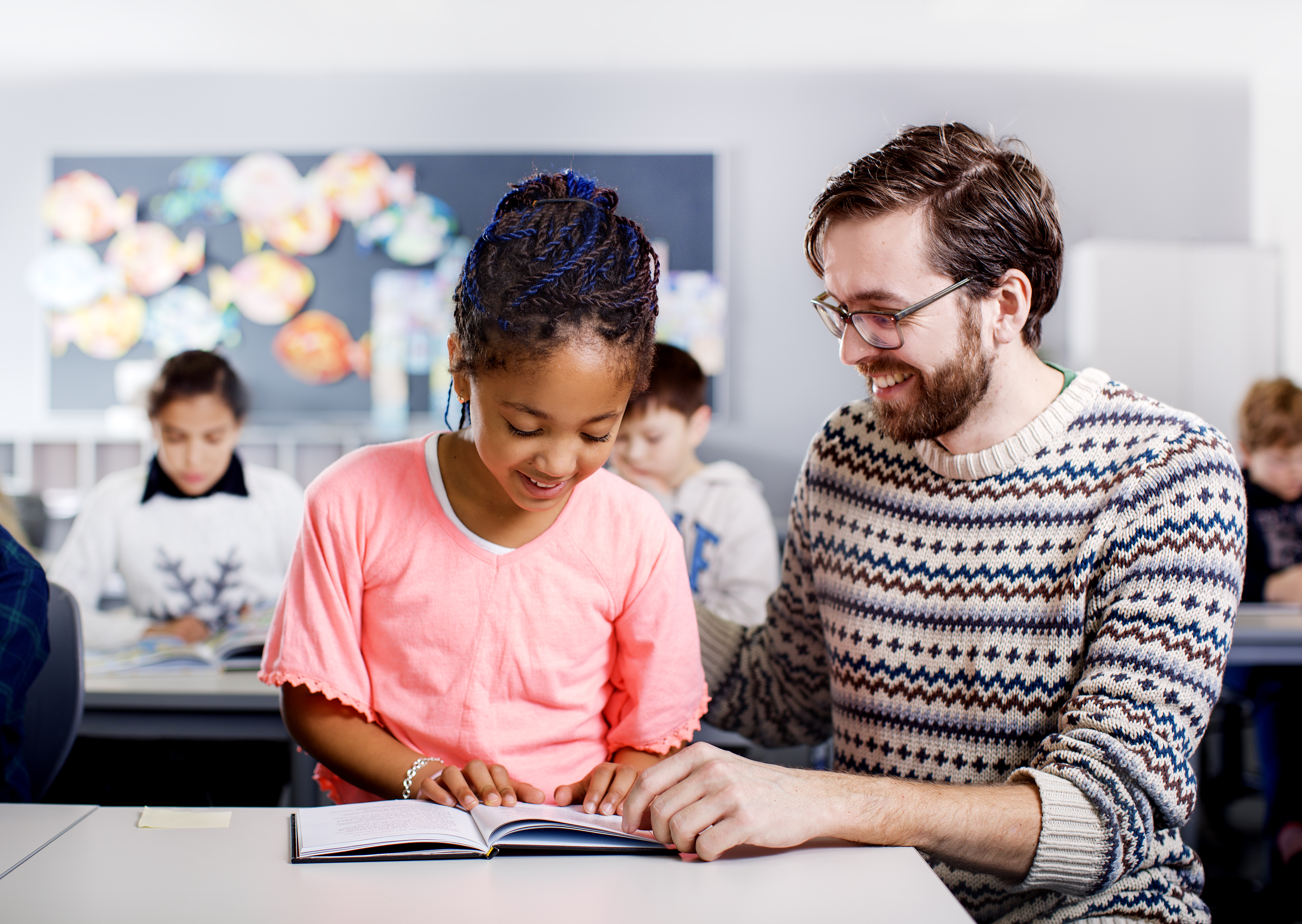
The Norwegian Education Act states that there should be a high teacher-to-student ratio in years 1 to 4. However, several studies suggest that merely increasing the T-S ratio has limited effects on students' learning. The determining factor for the individual students' learning outcome seems to be the extent to which teachers exploit the opportunities provided by an increased T-S ratio. While there are guidelines in place for an increased T-S ratio, there are no guidelines regarding how these additional resources should be used. Consequently, Norwegian schools are at risk of missing out on opportunities offered by an increased T-S ratio, particularly in addressing individual learning needs.
Two Teachers investigates whether systematic, school based competency development, as well as the implementation of research-based instruction methods, increase the teachers? ability to exploit being more teachers present in the classroom, and whether it leads to increased learning and an improved learning environment for the students.
Two Teachers involves a randomized controlled trial of 300 classes at 150 schools in 9 Southern Norwegian counties. Each school participates with one intervention class and one control class. From August 2016, the participating schools received funding to employ one supplementary teacher in the reading- and writing instruction. This supplementary teacher followed the intervention class in year 1 and 2.
The supplementary teacher was present during 8 x 45 minutes of weekly Norwegian lessons, which is the main arena for reading and writing instruction. The supplementary teacher also contributed in preparation before and reflection/assessment after each lesson.
Schools that fulfilled the criteria for participating in the study are randomized into one of three conditions:
- Schools in group 1 employed a supplementary teacher who was present during the instruction of reading and writing.
- Schools in group 2 employed a supplementary teacher who was present during the instruction of reading and writing, and were to work systematically with competency development associated with literacy instruction in year 1 and 2.
- Schools in group 3 employed a supplementary teacher who was present during the instruction of reading and writing, and were to work systematically with competency development associated with literacy instruction in year 1 and 2. In addition, these schools were given certain guidelines on how to utilize the extra teacher in the reading and writing instruction.
At the start of the 2016-2017 school year, 5750 students participated in the project. 95 % of parents gave consent for their children to participate in the study. The project will follow the students from the beginning of year 1 in Fall 2016, until they leave upper secondary school.
The quality of the implementation of the intervention was overseen by a number of methods. The teachers gave weekly reports on whether the supplementary teacher was present in all of the agreed classes (applies to all intervention classes), on the extent of the school based competency development (applies to all classes in groups 2 and 3), and whether the instruction was in accordance with the guidelines provided (applies to the intervention classes in group 3). Twice yearly we conducted random checks, where teachers in control and intervention classes reported on how many adults (teachers and assistants) were involved in the instruction of the students during the most recent Norwegian class. School leaders provided annual reports on their school?s use of resources, and in what way they had carried out school based competency development.
Infrastructure and communicating with stakeholders is imperative in order to ensure the quality of the implementation of a study of this size. We have met teachers and school leaders at user conferences and courses, and we have used the project's website actively in communication with schools.
Additionally, teachers in the project have completed several surveys. Topics for the surveys include teaching practices, teaching- and learning environment, and experiences with co-teaching.
In 2017, the Norwegian government passed a new legislation on student-teacher ratio in Norwegian schools. This has resulted in some changes to the intervention period, which was originally set to 4 years. However, as the new legislation resulted in changed conditions in the classrooms, the intervention was concluded after Year 2, i.e. after the 2017/18 school year. The data collection will continue as planned. In 2018/19, the research team will commence their analysis of the data from the intervention phase.
Find the complete list of scientific publications, popular science dissemination and media contributions from Two Teachers.
